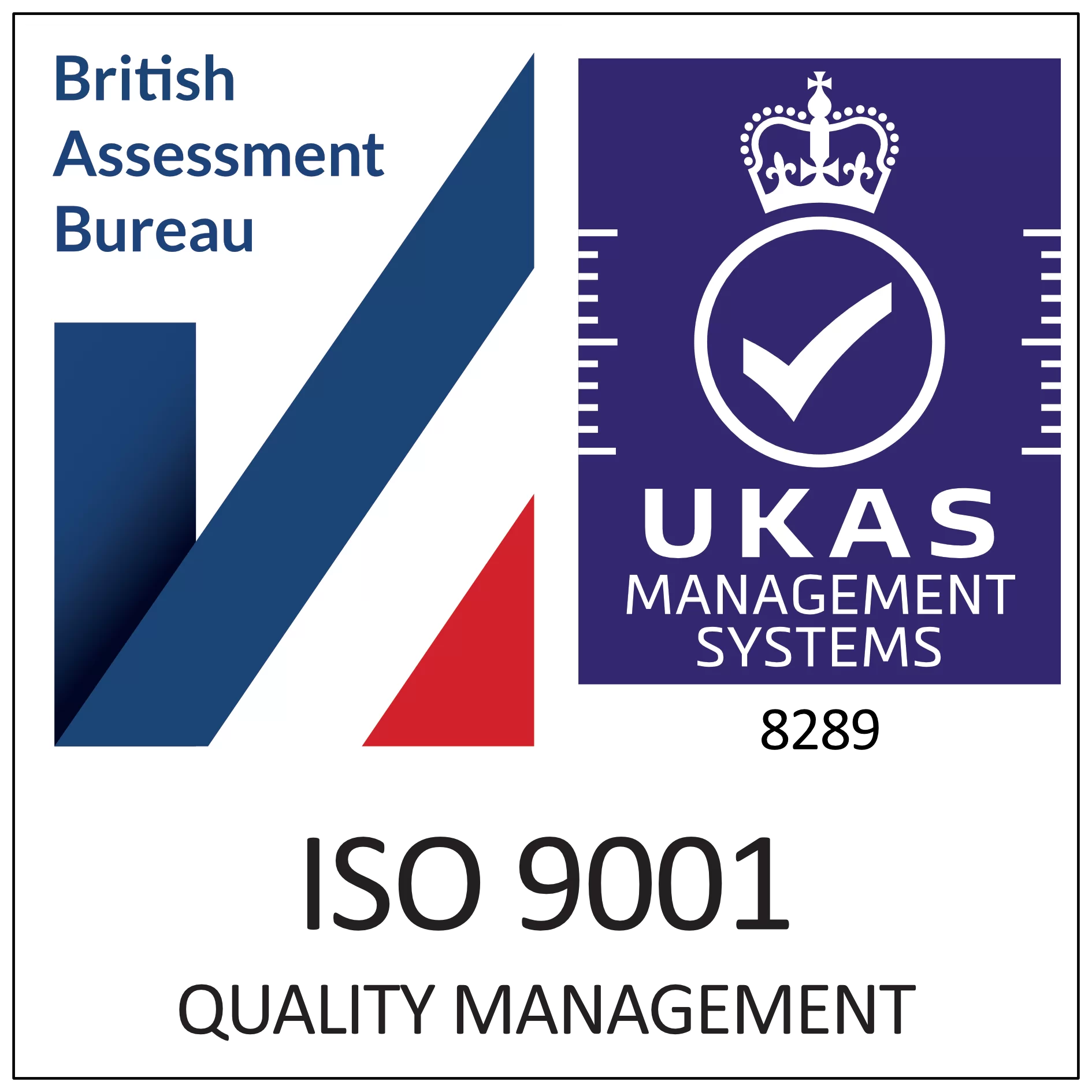Service Level Objection
What is an SLO?
A service level objective (SLO) is a target or metric set by a provider to ensure they continually meet the standards and expectations of customers using their service. SLOs form part of service level agreements (SLAs), which are general agreements between the business and the customer that establish the obligations the provider has in the service they offer to users.
The objective is the specific goal that the service must meet for it to be compliant with the SLA. They play an important role in ensuring accountability for the provider, so they are proactive in identifying and resolving issues that impact the customer’s experience.
Example
A video streaming company might promise 99.9% uptime in its SLA. This means the service can only be down for about 43 minutes each month.
When should SLOs be used?
SLOs are helpful for both free and paid services, especially in tech and SaaS businesses. They help companies improve how reliable and consistent their services are.
It’s important to note that when creating SLOs, they should always be clearly defined, simple, and easily measurable to establish whether the objective is being fulfilled. SLOs can often be too vague, complicated, or immeasurable, causing confusion and potential roadblocks if the company engineers aren’t clear on service requirements.
What does an SLO include?
SLOs typically have three main elements: the metric, target, and time window. The metric is a measurable number, for example, downtime or latency. This is not to be confused with the target, which is a set number that you’re trying to achieve, e.g., 99% uptime. The time window suggests how long it takes to measure the metric, this can vary from a month to a year or longer.
Accurately measuring performance with a metric, target, and time window is the best way to stay on track with meeting your SLO. Also, it helps you speed up incident response time, so you can resolve service issues quickly and efficiently before they impact customers.
Top tips for using SLOs
In order to maximise the benefits of SLOs for your business, there are some best practices you can follow:
- Don’t overcomplicate it – it’s easy for your SLO to become a long list, but overcomplication can result in unattainable standards and confusion. Keep your SLO simple and focus on the most important metrics.
- Support your SLA – your SLO should always support your SLA, allowing you to track and optimise metrics to meet your customer service agreement obligations.
- Be flexible – SLOs don’t have to be set in stone, they can grow and change as your customers’ needs evolve.














